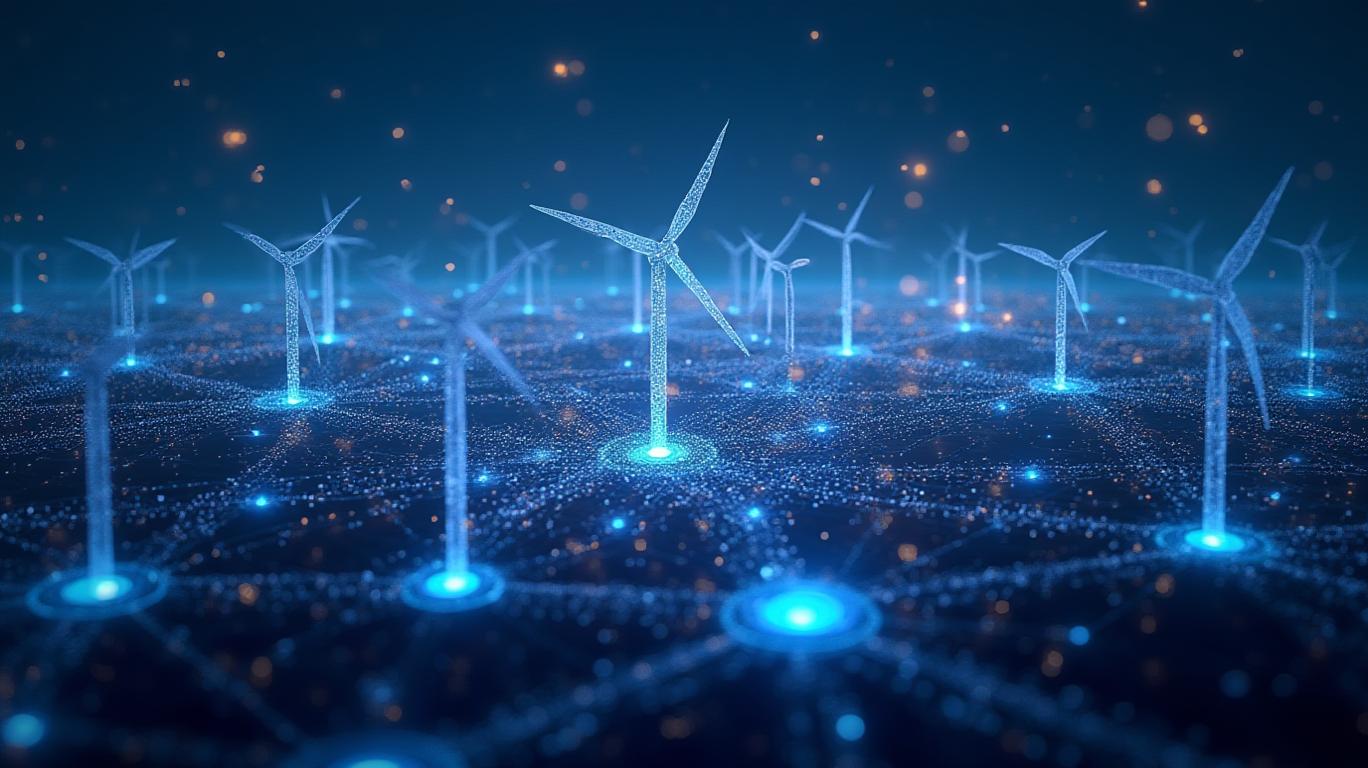The AI-Driven Energy Revolution: How Artificial Intelligence is Shaping the Future of Energy Security in the Face of Surging Demand
The global energy landscape is at a crossroads. As demand soars—projected to rise by 32% by 2050, with electricity demand alone surging 75%—the race to secure reliable, sustainable energy has never been more urgent. Amid this crisis, a quiet revolution is underway: artificial intelligence (AI) is emerging as a linchpin for energy security. A 2025
survey of 300 U.S. energy industry decision-makers reveals a consensus: AI isn’t just a tool—it’s a near-term necessity.The AI Imperative in Energy Security
The survey’s findings are unequivocal. 91% of respondents believe AI has the potential to enhance energy security in the coming years, and 85% are already deploying AI solutions in their operations. This adoption is accelerating rapidly: while only 12% currently consider AI critical to their energy systems, a staggering 81% expect it to become indispensable within five years.
The urgency stems from AI’s ability to tackle the industry’s most pressing challenges:
- Cybersecurity & Threat Detection: Over half (57%) prioritize AI for protecting energy infrastructure from cyberattacks, a growing vulnerability as grids and systems digitize.
- Predictive Maintenance: With 52% leveraging AI for anticipating equipment failures, operators can reduce downtime and extend the lifespan of critical assets like wind turbines or power plants.
- Operational Efficiency: AI’s role in optimizing energy distribution and consumption (44%) is already cutting costs and waste, a lifeline as demand strains aging infrastructure.

Beyond Efficiency: AI’s Role in Workforce and Safety
The survey also highlights AI’s impact on human capital. 53% of companies use AI to address labor shortages, training workers via virtual assistants, while another 53% deploy it for workplace safety—monitoring conditions in hazardous environments like oil rigs or nuclear facilities. This dual focus on people and processes underscores AI’s transformative potential: not just a productivity tool, but a safety net for an industry grappling with aging workforces and escalating risks.
Investment Implications: Where to Look
The data paints a clear investment thesis: AI-driven energy solutions are no longer optional. For investors, the Honeywell survey points to three key opportunities:
- Cybersecurity & Infrastructure Protection: As energy systems grow more digital, firms like Palo Alto Networks (PANW) or sector-specific cybersecurity providers could see demand surge.
- Predictive Maintenance & IoT: Companies such as General Electric (GE) or Siemens Energy (SIEGY), which already integrate AI into industrial equipment, stand to benefit from reduced downtime and extended asset lifespans.
- AI in Renewable Energy: Startups and established players developing AI for grid management (e.g., Next Kraftwerke or AutoGrid) could capitalize on the 75% rise in electricity demand, especially for renewables.
Honeywell itself is a prime beneficiary. Its Energy and Sustainability Solutions division, which includes AI-driven tools for energy optimization, has seen revenue growth of 12% annually since 2020. The company’s partnerships with AI solution providers (94% of survey respondents are collaborating with such firms) further cement its position at the forefront of this shift.
The Bigger Picture: Why Now?
The urgency is clear. With electricity demand set to outpace all other energy forms, the pressure on utilities and energy firms to innovate is existential. Honeywell’s CEO Ken West captures the stakes: “AI and automation are not just tools—they’re the only way to meet the scale of demand while ensuring security and sustainability.”
The numbers back this urgency. The $40 billion global AI in energy market is projected to grow at a 17% CAGR through 2030, driven by demand for predictive analytics, grid stability, and carbon management. Meanwhile, sectors like aviation—where North America’s business jet deliveries are expected to account for **66% of global growth over five years—will rely on AI to balance energy consumption and emissions.
Conclusion: Betting on AI is Betting on Energy’s Future
The Honeywell survey leaves little room for doubt: AI is no longer an experiment but a strategic imperative for energy security. With 81% of industry leaders anticipating AI’s centrality within five years—and global demand metrics sounding the alarm—the time to invest in AI-driven energy solutions is now.
For investors, the path is clear: prioritize firms integrating AI into cybersecurity, predictive maintenance, and renewable grid management. The payoff? Positioning portfolios to capitalize on a $75-trillion energy transition—a future where AI isn’t just an enabler, but the engine of progress.
In a world racing against time, the smartest investments will be those that align with the intelligence of tomorrow’s energy systems.

Comments
No comments yet